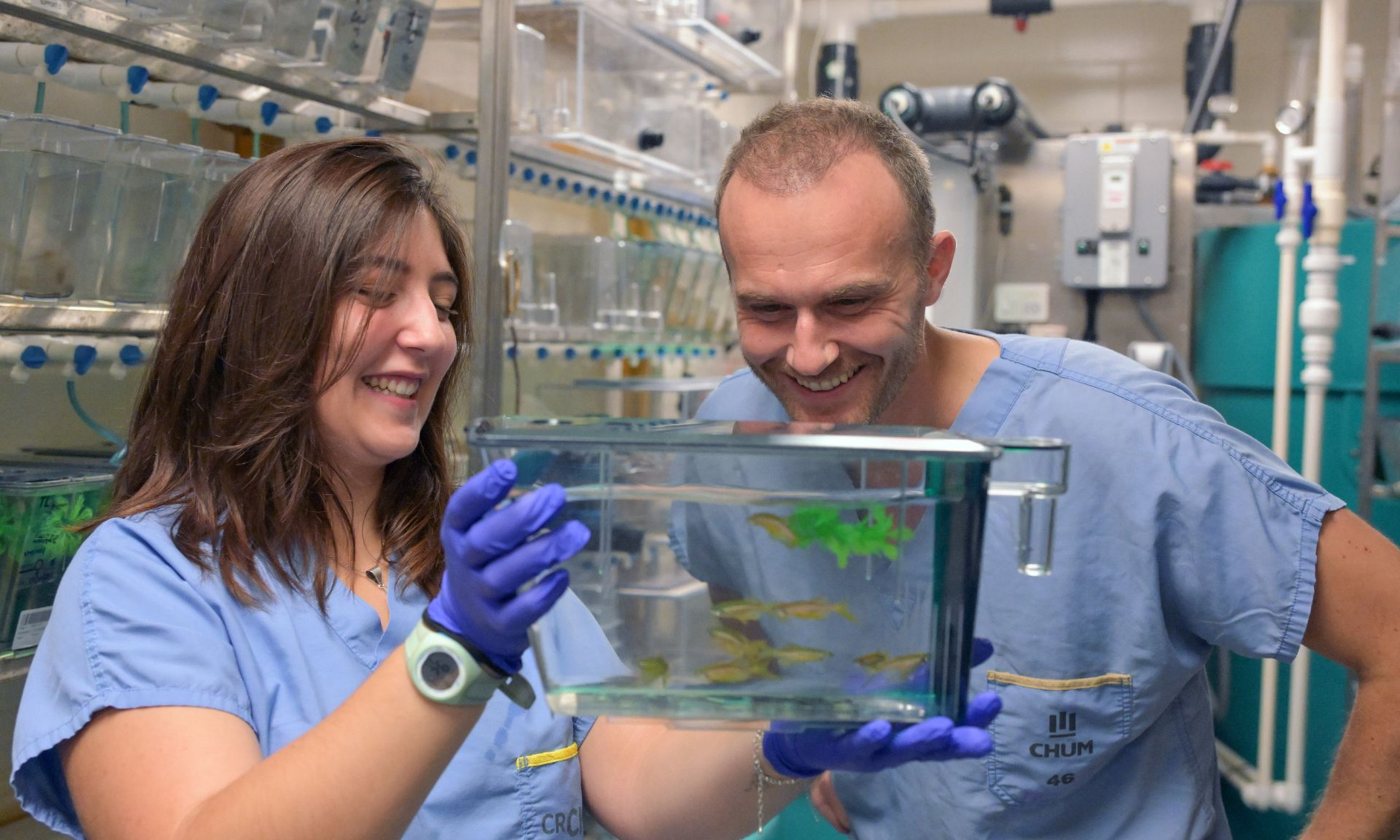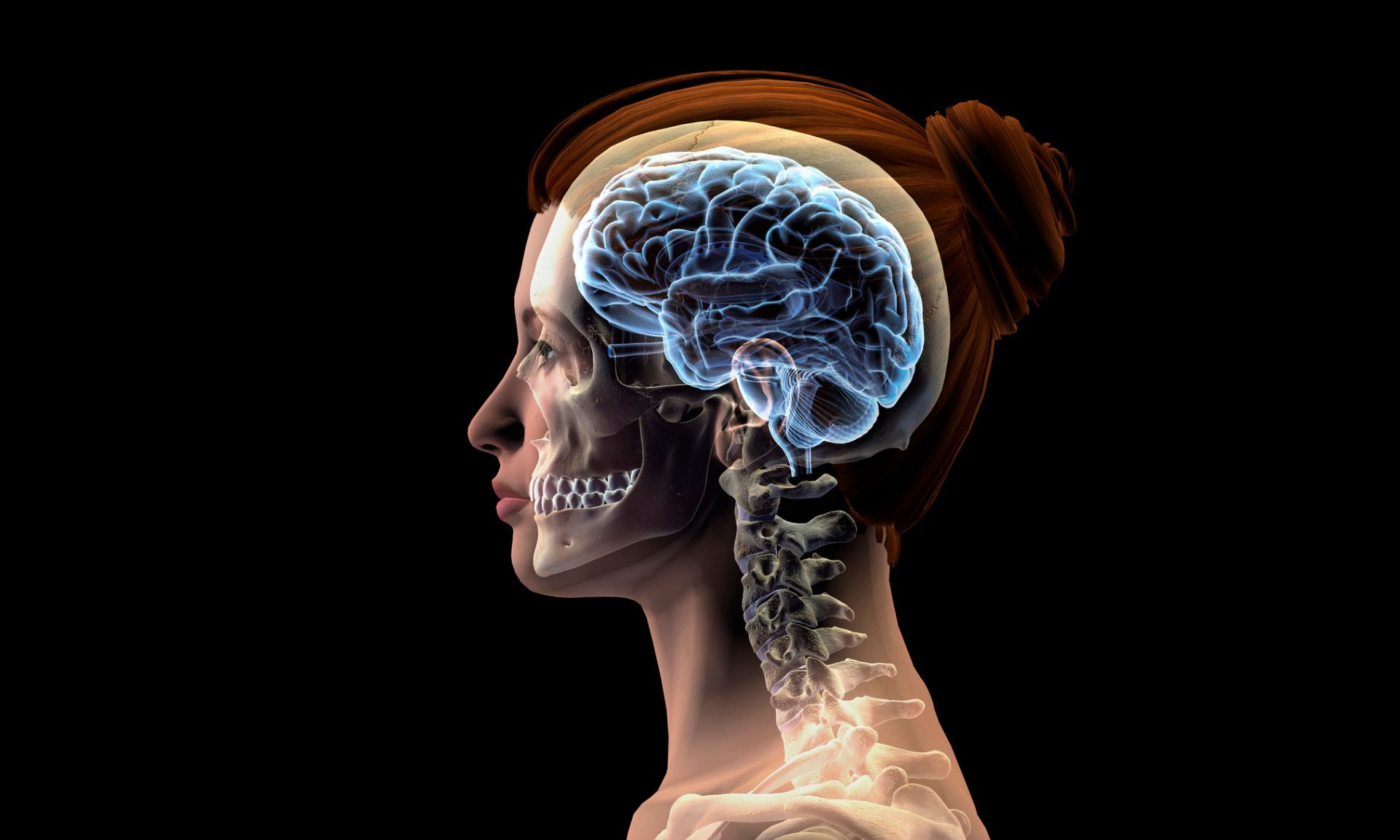Could an anomaly in the developing brain explain motor difficulties occurring decades later in people with rare movement disorders?
These are the genetics being investigated by researchers at Université de Montréal’s affiliated hospital research centre, the CRCHUM, led by neuroscientist Éric Samarut and PhD candidate Fanny Nobilleau.
They describe their progress in a study published in July in Nature Communications.
In their research, the scientists discovered that the RFC1 gene plays a key role in formation of the cerebellum, the region of the brain that coordinates movement.
This discovery opens new doors to understanding the biological origin of late-onset cerebellar ataxias. These are rare disorders characterized by difficulties with motor coordination.
The prevalence of this large family of disorders is estimated to impact 1 to 3 out of every 100,000 people. To date, they are untreatable.




